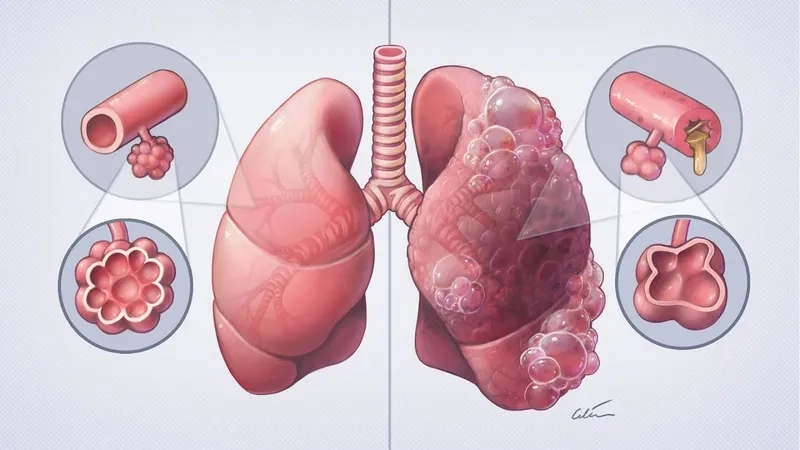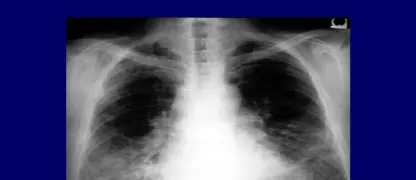Shortness of breath isn't just a sign of getting older. Understanding Chronic Obstructive Pulmonary Disease is the first step to breathing easier and improving your quality of life. Don't let COPD control you—learn how to manage it effectively.
What are the main causes of Chronic Obstructive Pulmonary Disease?
- The leading cause is long-term exposure to tobacco smoke, with the vast majority of cases in developed nations linked directly to smoking cigarettes.
- In some parts of the world, long-term exposure to fumes from burning fuel for cooking and heating in poorly ventilated homes is a major cause.
- A rare genetic condition called alpha-1-antitrypsin deficiency can also lead to the lung damage that results in the development of COPD.

Key symptoms of Chronic Obstructive Pulmonary Disease to watch for
- The classic COPD symptoms include worsening shortness of breath (especially with activity), a persistent cough that produces mucus, wheezing, and chest tightness.
- COPD encompasses two main conditions: emphysema, where air sacs are damaged, and chronic bronchitis, defined by a long-term productive cough.
- Other signs of COPD are frequent respiratory infections, a lack of energy, unintended weight loss, and swelling in the ankles, feet, or legs.
How can you manage and prevent Chronic Obstructive Pulmonary Disease?
- The most crucial step in prevention and treatment is to stop smoking and avoid exposure to secondhand smoke and other lung irritants.
- COPD treatment aims to manage symptoms, often with COPD inhalers that help relax airway muscles and reduce swelling to make breathing easier.
- For more advanced COPD stages, doctors may prescribe oxygen therapy for COPD to increase the level of oxygen in your blood.
>>> Don't miss: Gallbladder cancer - Understanding the risks and subtle signs
Image Gallery of the disease Chronic Obstructive Pulmonary Disease





>>> Learn now: Laryngeal cancer - When a hoarse voice is a warning sign
While COPD is not reversible, early diagnosis and treatment can significantly improve your symptoms and COPD life expectancy. If you experience persistent breathing difficulties, talk to your doctor about a simple breathing test to check your lung function.
>>> Understand more about: Myelodysplastic syndromes - When bone marrow cells don't mature






